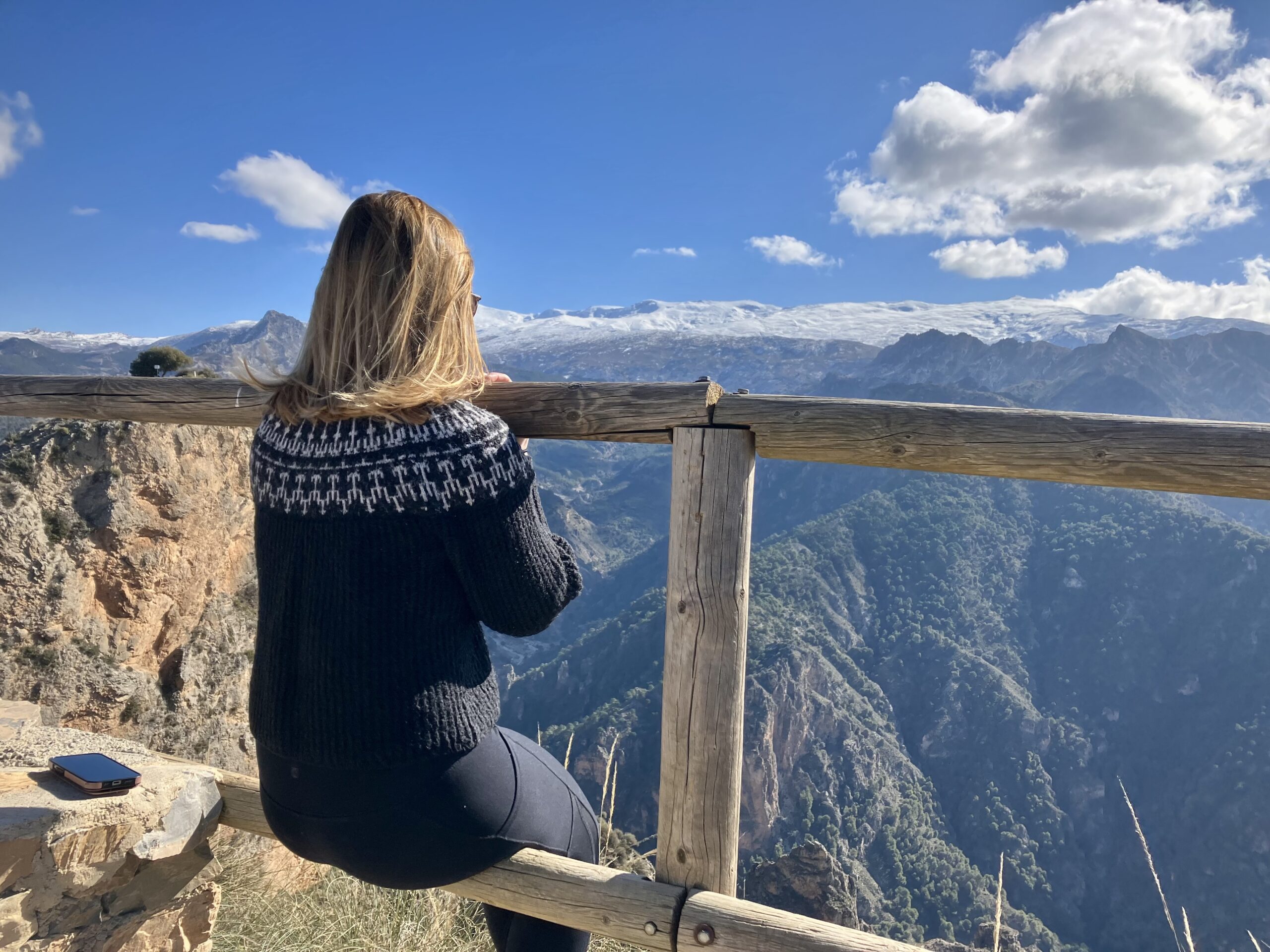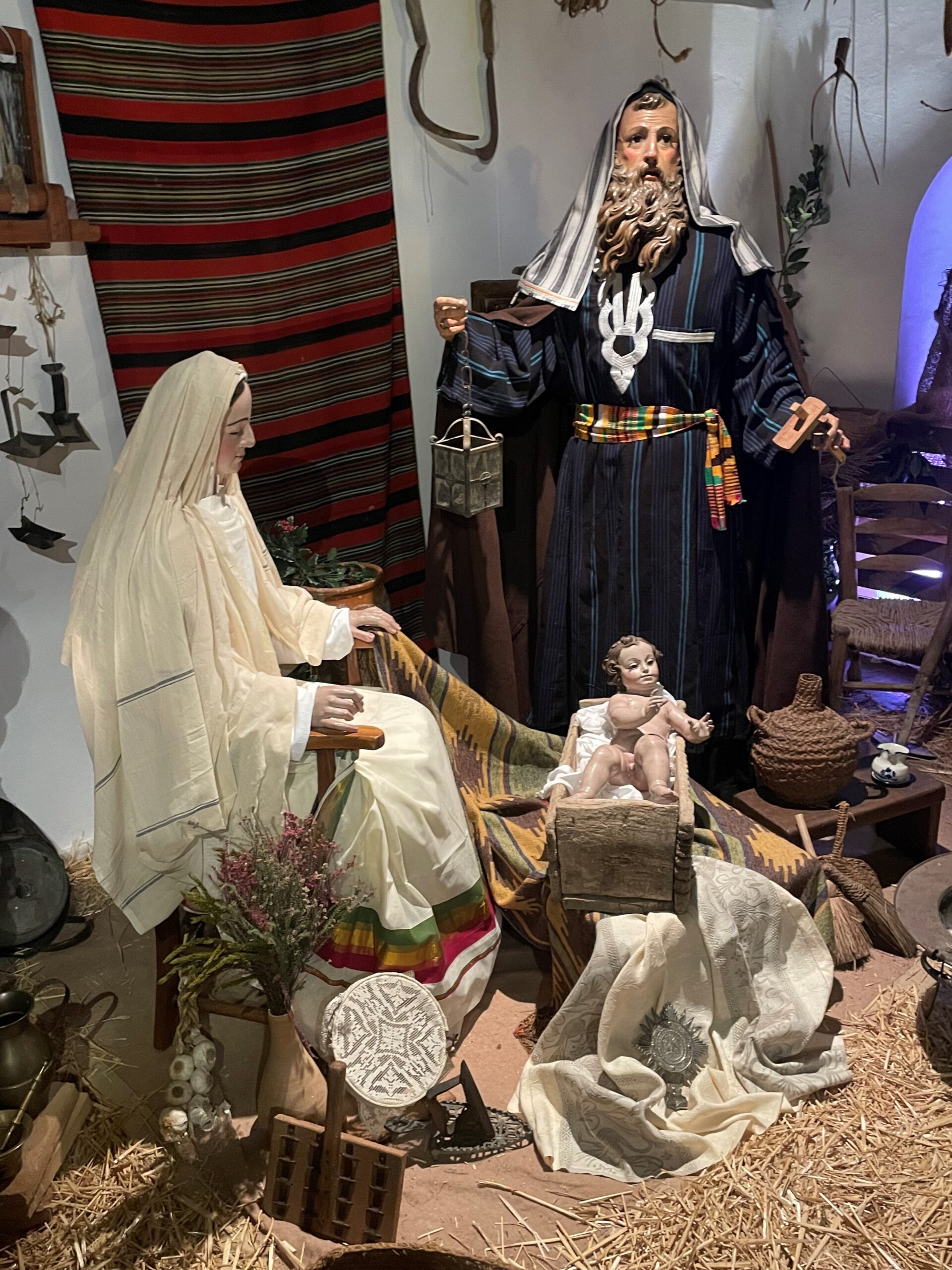When visiting Granada, it’s easy to be captivated by the charm of the Alhambra, the historic neighborhoods, and the rich Moorish influence. But nestled within its cultural fabric is a story of faith, resilience, and heritage centered on Saint Caecilius, Granada’s patron saint. Understanding the significance of Saint Caecilius brings another layer of depth to experiencing Granada, revealing the soul of the city and its devotion to faith and tradition. Let’s explore who Saint Caecilius was, what he meant to Granada, and why he remains a revered figure here today.
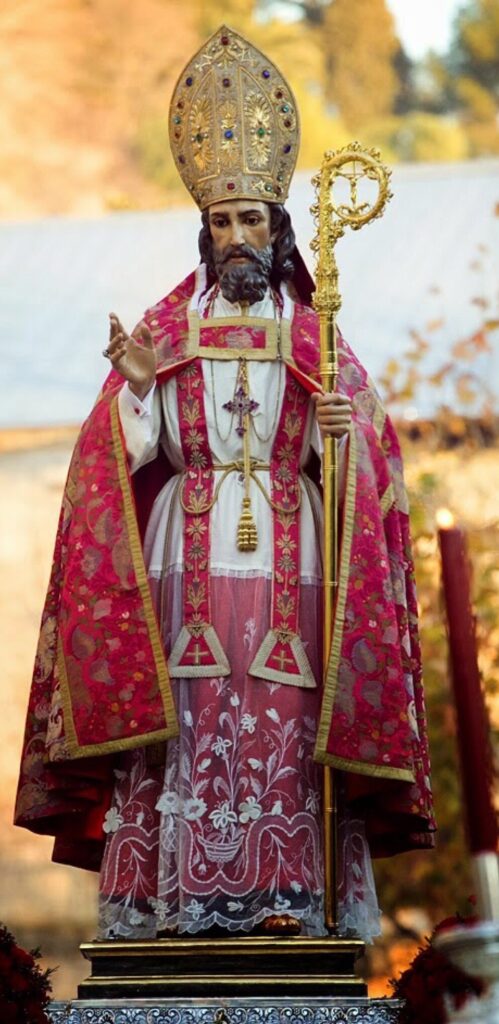
From Rome to Elvira
San Cecilio is considered one of the founding figures of Christianity in Spain, and more specifically in Granada. According to legend and historical records, Caecilius was a missionary who traveled from Rome to southern Spain to preach Christianity, at a time when the Roman Empire still largely followed pagan beliefs. He is traditionally recognized as one of the Seven Apostolic Men, the Siete Varones Apostólicos, who spread the Christian faith throughout Hispania in the first century AD. These seven men were reportedly sent by Saints Peter and Paul to evangelize the region, and each became instrumental in establishing Christian communities across Spain.
Saint Caecilius specifically focused on Granada, then a Roman city known as Iliberis, or Elvira. Despite opposition, Caecilius gathered a following, preaching his message of love, compassion, and forgiveness. His mission was not only to convert but to create a strong foundation for Christian practices in the region. Saint Caecilius is credited with being among the first to introduce Christian rites and traditions to Granada, laying the spiritual roots for what would become an enduring faith.
Martyrdom and sacrifice
Saint Caecilius’ journey was one of conviction and courage, but it ultimately led to his martyrdom. At the time, the Roman Empire viewed Christianity as a threat to its traditional pagan customs and political power, especially in the more remote provinces. Local Roman authorities were wary of Caecilius’s influence and saw his teachings as a rebellion against established order.
After years of spreading Christianity, Caecilius was arrested by Roman officials in Iliberis. Re fusing to renounce his faith, he was subjected to torture in an attempt to force him to abandon his beliefs. Caecilius, however, remained steadfast, his resilience only further enraging the authorities. He was ultimately sentenced to death and died on February 1st, 55 AD. Legend states that his death occurred at the hands of the Roman governor, and while there are varying accounts of his exact final moments, his execution is remembered as a testament to his commitment to faith.
The people of Granada saw his sacrifice as an act of divine strength, reinforcing his spiritual importance to the city and its Christian population. This perception of him as a heroic figure of faith was foundational in establishing Caecilius as Granada’s patron saint. His death became a symbol of the trials early Christians endured, and his legacy became part of the Christian identity within the city.
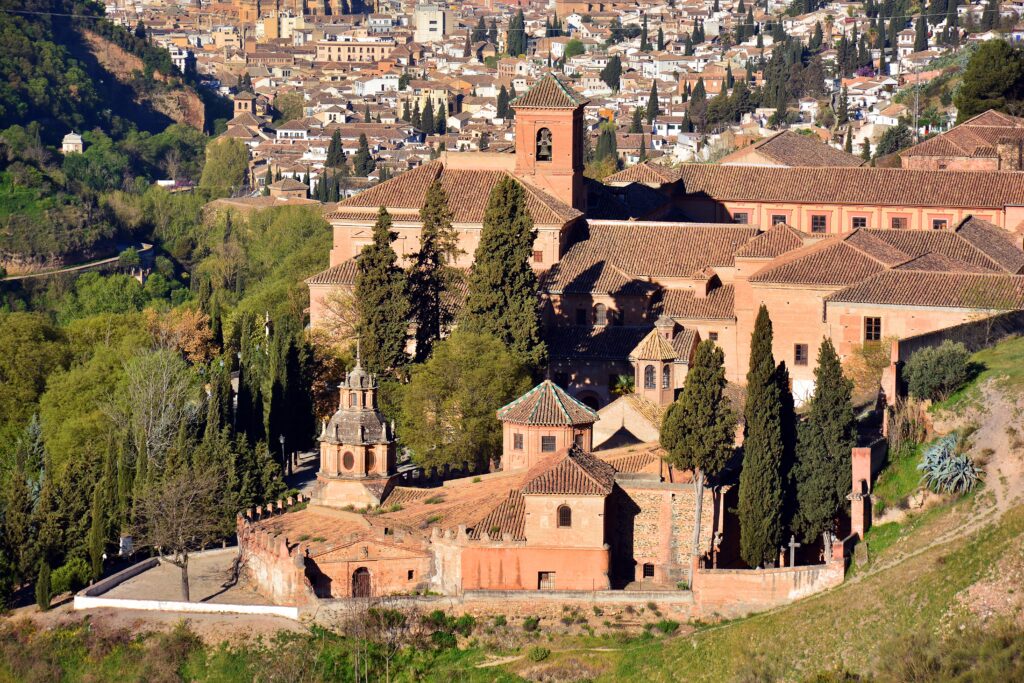
The Sacromonte Abbey
One of the most iconic sites associated with Saint Caecilius is Sacromonte Abbey, located in the hills overlooking Granada. This abbey was founded in the 17th century after a discovery that shook the local community. In 1595, a series of relics and texts written on lead tablets were found in the caves of Sacromonte. These relics were believed to include the remains of Saint Caecilius and other early Christian martyrs, bringing renewed attention to his life and legacy. The abbey became a pilgrimage site almost immediately, with faithful visitors coming to honor Saint Caecilius and other martyrs who played a role in Granada’s Christian history. Today, Sacromonte Abbey offers visitors a unique experience where they can explore the historic caves, the chapel, and other areas dedicated to these early saints. It’s a peaceful and reflective site, perfect for those looking to connect with the city’s spiritual heritage.
A bold bite
When visiting Sacromonte Abbey, you might come across a unique local delicacy known as tortilla de Sacromonte. This traditional dish has a legend attached to it, adding to the abbey’s mystique. According to local folklore, when pilgrims visited the abbey centuries ago, they often brought culinary ingredients as offerings. These offerings varied widely and were often whatever they had on hand – from lamb’s brains and criadillas, or lamb testicles, to fresh vegetables and spices. The abbey’s cooks would then use these ingredients to make a filling and flavorful tortilla, creating a dish that was as diverse as the pilgrims themselves.
Today, tortilla de Sacromonte remains a popular and unusual specialty in Granada, made with various ingredients including lamb’s brains, sweetbreads, chorizo, and the traditional criadillas. While it may not appeal to everyone’s taste, it is deeply connected to the history of Sacromonte and offers visitors a taste of the past. If you’d like to try the tortilla de Sacromonte prepared in its original form, you can find it in iconic spots like Restaurante Oliver, Casa Juanillo, and Restaurante Chikito. Taking a bite of this traditional tortilla is a flavorful way to connect with the legends and stories of Saint Caecilius and his followers.
Saint Caecilius today
Saint Caecilius’s story lives on in Grana da, and is woven into the city’s culture, faith, and identity. His image can be seen throughout the city, from the beautiful stained glass and marble sculpture in the Cathedral to the parish church dedicated to him in the Realejo neighborhood, built in 1501. Additionally, a statue of Saint Caecilius can be found in the Ermita de San Cecilio in the Albaícín district. His tale of resilience and faith inspires those who hear it, and he remains a central figure in the city’s religious festivals and cultural expressions.
For visitors to Granada, learning about Saint Caecilius provides insight into the spiritual heart of the city. Whether you visit Sacromonte Abbey, attend his feast day celebrations, or simply savor a slice of tortilla de Sacromonte, taking the time to understand his role in Granada’s history adds meaning to the experience. Saint Caecilius is more than just a figure of the past; he is an enduring symbol of Granada’s unique heritage and its long-standing commitment to faith and community. As you explore Granada, let Saint Caecilius’s story be a guide to discovering the rich layers of faith, history, and culture that define this beautiful city.
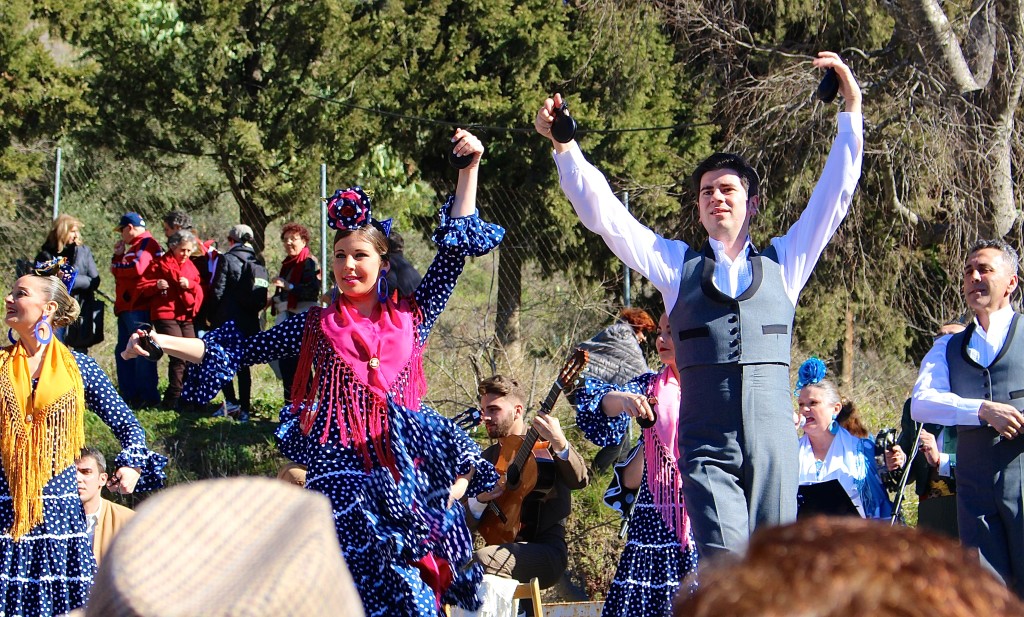
A festive procession
On February 1st, the feast day of Saint Caecilius, a vibrant and deeply spiritual procession takes place to celebrate the patron saint of the city. This event draws both locals and visitors who gather to honor the legacy of Saint Caecilius. The procession begins at the parish church dedicated to him in the Realejo and winds its way through the streets adorned with flowers and candles. Participants, often dressed in traditional attire, carry a statue of Saint Caecilius and voice heartfelt prayers and hymns that echo the community’s devotion. As the procession moves towards Sacromonte Abbey, it creates a sense of unity and reverence, reflecting the city’s deep-rooted Christian traditions. This annual celebration not only highlights the cultural significance of Saint Caecilius but also fosters a spirit of togetherness among the people of Granada, making it a memorable experience for all who take part.
Where it’s at:
RESTAURANTE OLIVER – Plaza Pescadería, 12
CASA JUANILLO – Camino del Sacromonte, 83
RESTAURANTE CHIKITO – Plaza del Campillo, 9
PARISH OF SAINT CAECILIUS – Carril de San Cecilio
ERMITA DE SAN CECILIO – Callejón de San Nicolás, 6
CATHEDRAL – Plaza de las Pasiega
SACROMONTE ABBEY – Camino del Sacromonte
Book your tickets for the Abbey or Cathedral at ticketsgranadacristiana.com

